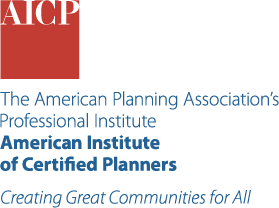Land Value Capture: Innovative Case Studies
For only $180, get a full year of unrestricted access to APA's extensive learning library. Kickstart your journey by subscribing to Passport, then take the next step by enrolling in the courses that pique your interest.
Certification Maintenance
What You'll Learn
- Understand innovative research from Europe that attempts to determine what type of transportation infrastructure creates value, and how that value can be captured by cities.
- Understand successes and challenges of implementing land value capture tools and policies to help fund infrastructure and affordable housing.
- Examine examples of land value capture in terms of developer incentive policies such as density bonuses and more regulatory-based policies.
More Course Details
Take an in-depth look at how land value capture is being implemented in cities throughout the U.S., UK, and Scandinavia. The tool is used both as an incentive and a tax to help fund and deliver crucial new infrastructure and make infrastructure improvements. A significant amount of research demonstrates that areas near transit nodes well served by infrastructure are the areas that experience the highest increase in property values.
Cities throughout the U.S. and Europe (and globally) are looking for opportunities and policies to capture a proportion of this uplift in property values for wider community benefits and investment. This comes at a time when many cities are stretched financially and need to find innovative approaches to finance and funding.
This course looks at innovative approaches to developing a land value capture model in Scandinavia (Stockholm, Gothenburg, Copenhagen), as well as innovative approaches by cities in the U.S. and in London.
Gain a national and global understanding of how land value capture can take many forms, including density bonuses (Denver), inclusionary zoning (Portland, Oregon); zonal supplementary charges near transit hubs (London); and Delivering New Garden Towns (UK).


